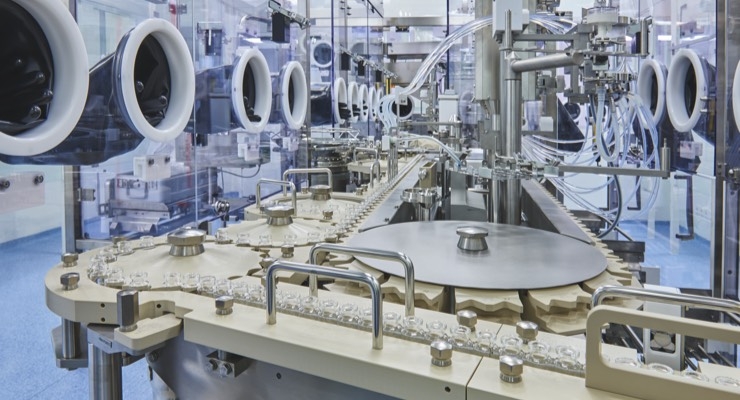
06 Apr Difference between RABs and Isolators
Every pharmaceutical manufacturer will eventually have to deal with the never-ending debate over RABS vs. isolator technology. It is critical to study the various options available to ensure that the barrier system fulfils the needs of the specific product and facility. Restricted access barrier systems (RABS) and isolators are the two most prevalent isolation technologies adopted by pharmaceutical industry. Traditional cleanrooms are gradually being replaced by these systems.
But what exactly distinguishes these two systems? Lets have a look-
RABS: a solution with a focus on flexibility.

RABS creates a physical barrier between the manufacturing area and the operator environment. A sturdy machine enclosure, safety-locked doors, and ports with gloves are all present in the manufacturing area. RABS can be classified into active and passive systems depending on the type of aeration utilized. Active RABS have dedicated air handling equipment, whereas passive RABS are sealed to the existing Class B Cleanroom ceiling.
RABS technology can approach the microbiological quality of an isolator when used as part of an integrated system. RABS must usually be cleaned and decontaminated by hand. Combinations with automated room bio-decontamination have become more common during the last few years. The most difficult aspect of operating RABS is that they require a highly classified ISO 5 environment.
Isolators: the solution with the highest level of sterility assurance.

An isolator, on the other hand, is a completely sealed system that separates the operator from the production unit. Because doors cannot be opened during production, isolators can be used in a class C cleanroom environment. Isolators are typically equipped with a fully reproducible bio-decontamination system (majorly H2O2) and a process air handling unit (AHU) that ensures temperature control of the process area by heating or cooling, as well as permanent overpressure control of the process area compared to the operator environment to prevent contaminated air ingress. Huge advancements have been made, particularly in terms of bio-decontamination cycle times, to allow for more flexible use of isolators.
A Comparative Analysis:
With hundreds of installations globally, both RABS and Isolator systems are well-established in the pharmaceutical business. When it comes to differentiating considerations, both quantitative and qualitative aspects come to mind. RABS have the advantage of a minimal initial investment and low operational costs. In comparison to isolator systems, however, operating expenditures (such as gowning, environmental monitoring, and so forth) are substantially greater. On a higher level, the initial investment in an isolator system is due to specific bio-decontamination and process air handling equipment.
Many customer-specific aspects have a significant impact on the outcomes of a comparison calculation for each system. It takes a dependable partner with considerable industry experience to figure out which barrier system is best suited for a certain application and which technologies are required to meet new regulatory standards. Knowing some of the key mechanical and operational areas where the two systems differ can assist raise industry awareness of the systems and help produce a more detailed definition of each.
Isovax sums it all up for your better understanding:
| Parameters | RABS | ISOLATOR |
| Decontamination | Manually disinfected | An automated system provides a quantifiable and highly reproducible procedure. |
| Assurance of Separation | No complete physical separation | Quantifiable hourly leak rate (closed) and continuously controlled differential pressure |
| Surrounding Environment | Passive: ISO 5 Active: ISO 7 | Quantifiable leakage tightness (ISO 10648-2) |
| Capital Costs | Higher than conventional cleanroom (CCR); reduced with renovation and retrofit application | High equipment costs |
| Operating Costs | Higher than CCR | Cost saving in energy consumption (HVAC) and clothing |
| Toxic Containment | Low Capability | Good reliability |
A company may choose RABS/isolator lines based on the company’s existing technology and training. For example, a company with existing RABS lines may stay with RABS for consistency and training of the workforce.
Get in touch with our industry expert who can suggest the most comprehensive set of integrated products and services to support the complete processing of your products requiring a high level of containment. Talk to us at sales@isovax.in.



Sorry, the comment form is closed at this time.